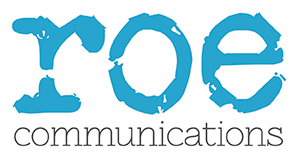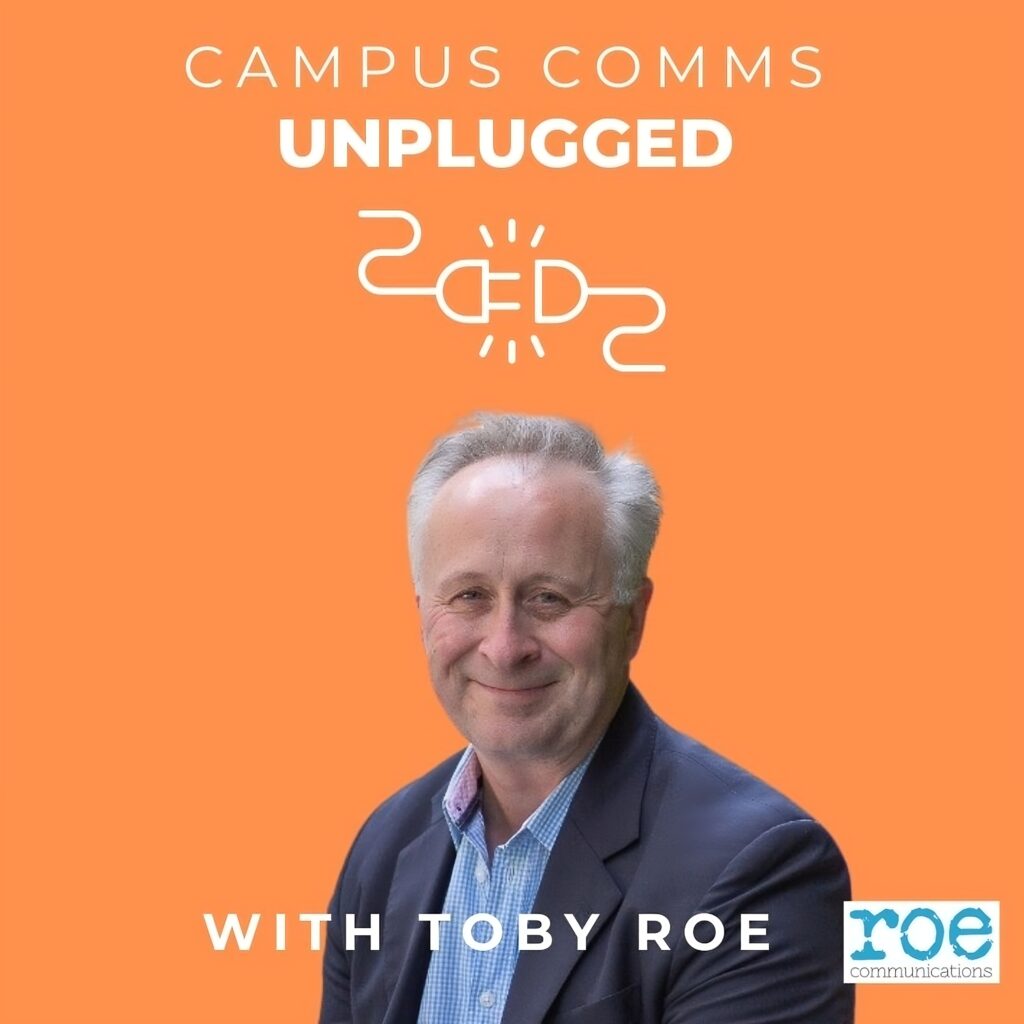With business schools still recruiting students remotely, many are considering PR – specifically media relations – to raise brand awareness.
Getting coverage online or on radio/TV is a great way to get in front of your audiences.
But business schools can also throw time and money at media relations – without seeing tangible results.
The truth is that successful business school media relations starts with 3 simple steps.
The benefits of business school PR
Media relations falls into the category of earned media. Or, discussion and content generated about your brand on other people’s channels.
Let’s imagine that you are a prospective student researching MBA courses.
You’ve probably spent some time on business school websites. You might have received targeted emails or direct messages from schools. And you might have been invited to some virtual taster days.
One day, you see a post on LinkedIn about entrepreneurship – your preferred topic of interest.
Clicking the link, you land on the pages of the Financial Times. Here, a lengthy article explains a business school’s approach to entrepreneurship. It also features an alumnus that has raised $100,000 in funding for their start-up.
Impressed by what you’ve seen, you visit the school’s website. And ask for more details about its entrepreneurship module.
What that student has experienced is the power of third-party endorsement – in this case via a journalist.
This is what makes PR more cost-effective than advertising. It is also a valuable way to build trust. This is important, especially as levels of trust in social institutions (e.g., governments, businesses) have seen a marked decrease over the last year.
But business school PR also has other benefits.
It can:
- Raise awareness of your school in different markets
- Make you visible to government and policy makers
- Elevate you amongst your peers
- Generate powerful content for your other marketing channels.
Now for the bad news
Sounds attractive, doesn’t it?
But the reality is that business school media relations can drain time and resources – if you let it.
Before you start writing press releases, or calling journalists, take a moment to consider the following scenarios.
#1 Outcomes
Business School A: has numerous faculty who want to speak to the media and several new research reports coming up. It issues press releases about all of them. This leads to coverage about a wide range of topics, but nothing that would differentiate the school from another.
Business School B: wants to be known for its expertise in responsible business. It says “no” to several other faculty reports covering different topics. Instead, it embarks upon a 4-month focused media relations campaign. Over time, its share of voice on responsible business increases.
#2 Access
Business School A: wants to get press coverage and fast. Under pressure from the Dean, it fires out a press release a week. This generates mentions across a wide range of media. But there is no in-depth coverage and no recurring conversations with journalists.
Business School B: takes a step back and considers which publications are most influential for its target audience. It offers access to new research to the business education writers on the Financial Times and The Wall Street Journal. These generate in-depth interviews that are shared widely.
#3 Angles
Business School A: has an interesting new research report to communicate. It issues a press release based on all the key aspects of who, what, why, where and when. But it gets little interest from journalists.
Business School B: also has a new research report to put out. It works with the author to understand how it could have broad appeal. It also highlights how the findings contradict people’s usual assumptions. It generates several requests for media interviews – and is asked to contribute a thought-piece to a national newspaper.
And the winner is…
In all three scenarios, Business School B gets the better result because the team knew what they wanted to achieve, worked out which publications would make the biggest impact and how to make their story newsworthy.
Before you do business school PR – take these 3 steps
1. Clarify why you are doing it
As with any communications disciple, you will only see a return on media relations if you know why you are doing it in the first place.
Start with your school’s strategic objectives. Do you need to recruit more students from a particular area of the world, for instance? Do you want to encourage more partnerships with business or government? Or do you want to become the go-to school for a particular topic, such as ethical leadership?
Knowing this, you can put together a media relations plan that focuses on activities that will have the best outcome for your school.
2. Know how you intend to access the media
Handling the media is a skill that requires both expertise and experience. It is also a long-term game that needs consistent, regular activity.
Before starting, review your capacity. Does your team have enough time to handle this alone? And if you have to rely upon a parent university press office, do they have the bandwidth to dedicate to the business school?
Second, do you have people who can work both at a strategic and an operational level? While they might have great media contacts or writing skills, they will still need to demonstrate ROI and engage internal stakeholders.
Knowing where you stand helps you make better decisions about whether you need to recruit, upskill your people or bring in specialist help from outside.
3. Build a process to generate story angles
Great story angles are essential to media relations success. Without them, you can spend a lot of time pushing ideas that won’t pass as newsworthy enough.
Much time-wastage on PR results from a misunderstanding between programme teams or faculty and the press office or marketing team.
Speak to your faculty and programme teams to let them know what you are doing. Invite them to put stories forward for editorial assessment. Explain what journalists do and don’t want.
Importantly, set expectations, so that they understand that if you turn their story down, there will be other opportunities in the future.
If you’ve decided you want to embark upon your first media relations campaign, click HERE for more insights.


